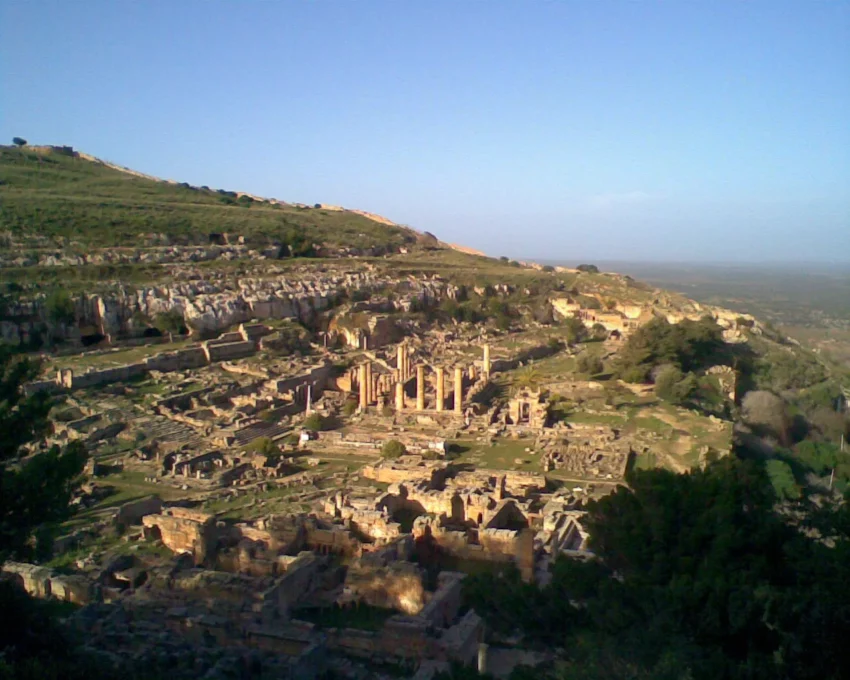The Ancient Marvel of Cyrene: A Journey Through Time
Cyrene, known today as Shahhat in northeastern Libya, was a gem of the ancient world. This Greek colony and later Roman city held immense historical and cultural significance. Situated on a ridge of the Jebel Akhdar uplands, Cyrene offered a stunning view and a strategic location. Let’s embark on a journey to uncover its rich history, architectural marvels, and lasting legacy.
Get your dose of History via Email
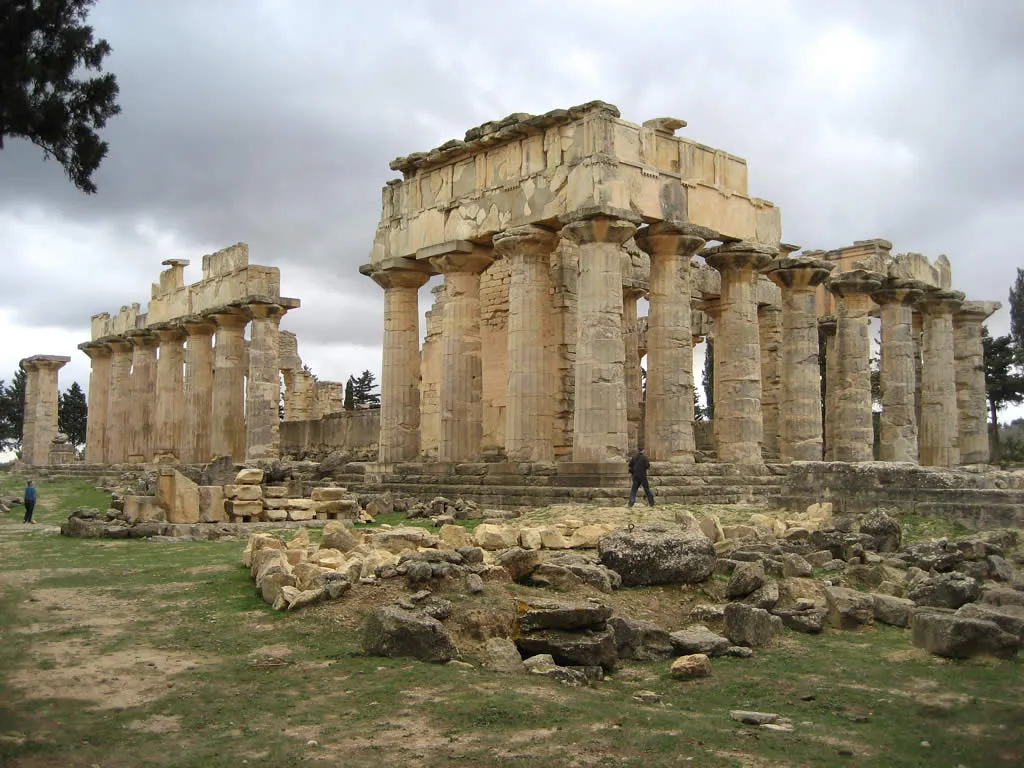
The Founding and Rise of Cyrene
According to legend, the Greek god Apollo fell in love with the huntress Cyrene and brought her to Libya. The city’s actual founding, however, traces back to settlers from Thera, modern-day Santorini, in the late 7th century BC. Led by Battus I, these settlers established Cyrene under the guidance of the Oracle of Delphi. Initially ruled by the Battiad dynasty, Cyrene thrived through successive waves of immigration and the lucrative trade of horses and the medicinal plant silphium.
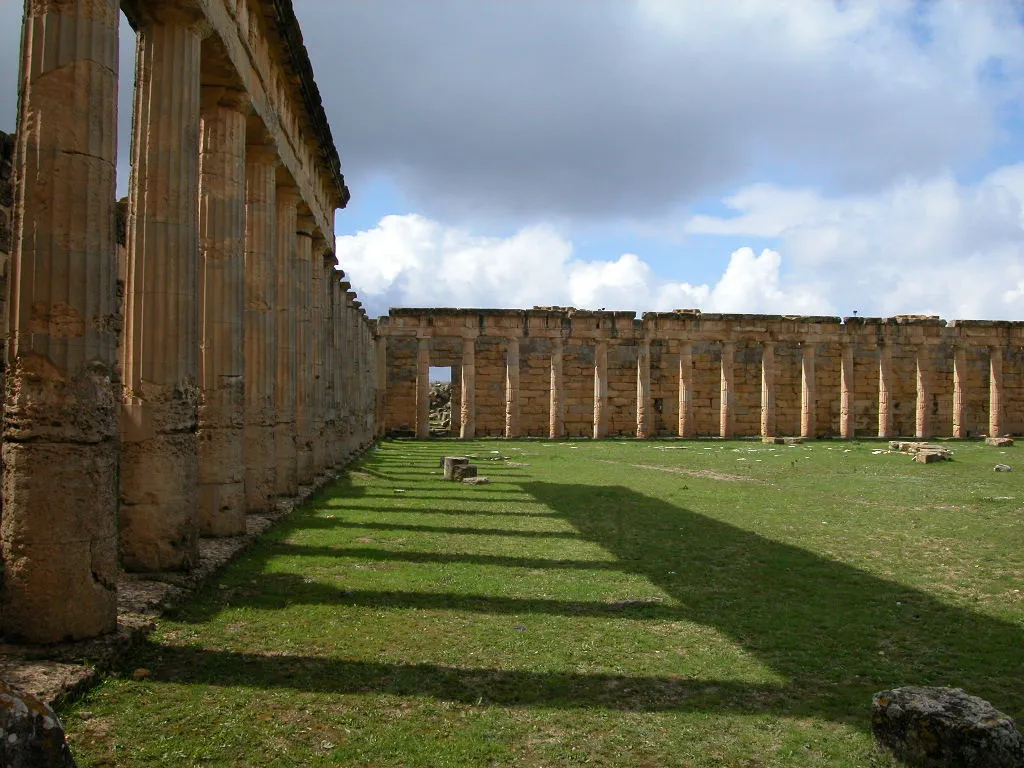
The Golden Age and Philosophical Contributions
By the 5th century BC, Cyrene had expanded its influence over other cities in the region. The city became a hub of intellectual activity, home to the Cyrenaics, a school of philosophy founded by Aristippus, a disciple of Socrates. This period also saw Cyrene’s architecture flourish with the construction of magnificent temples dedicated to Apollo, Zeus, and Demeter.
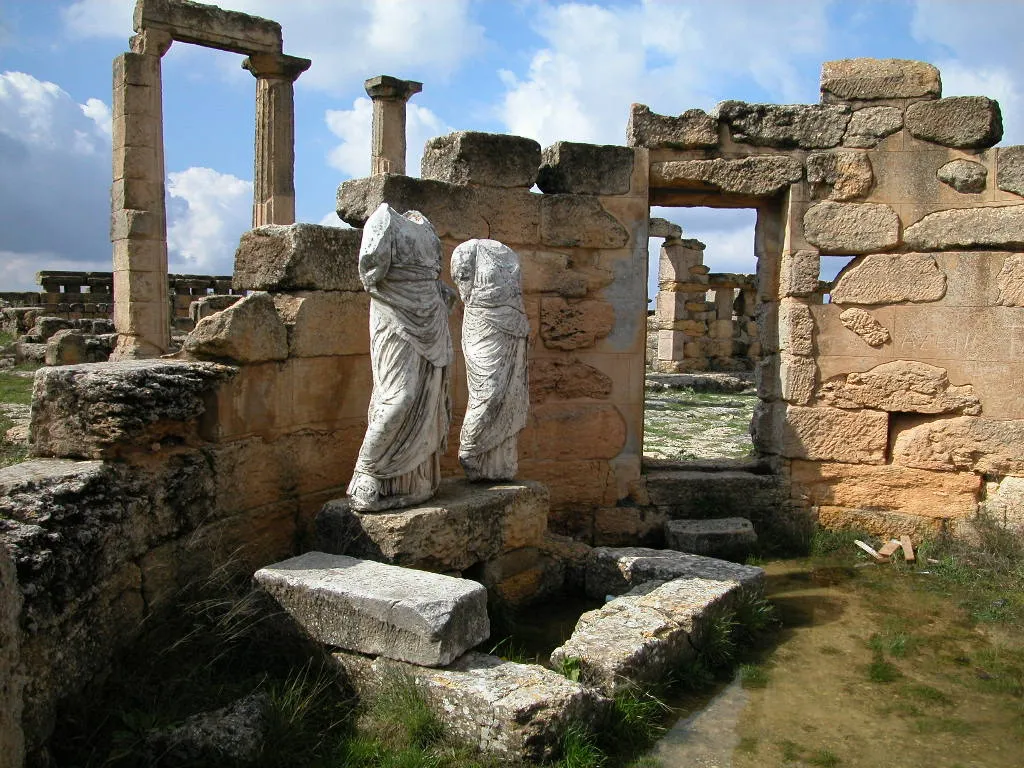
Hellenistic and Roman Influence
During the Hellenistic Age, Cyrene oscillated between being part of Ptolemaic Egypt and an independent kingdom. It was a vital Jewish center and, in 96 BC, transitioned into the Roman Republic’s control, forming part of the province of Crete and Cyrenaica. The city faced destruction during the Jewish revolt of AD 115 but was slowly rebuilt over the following century.
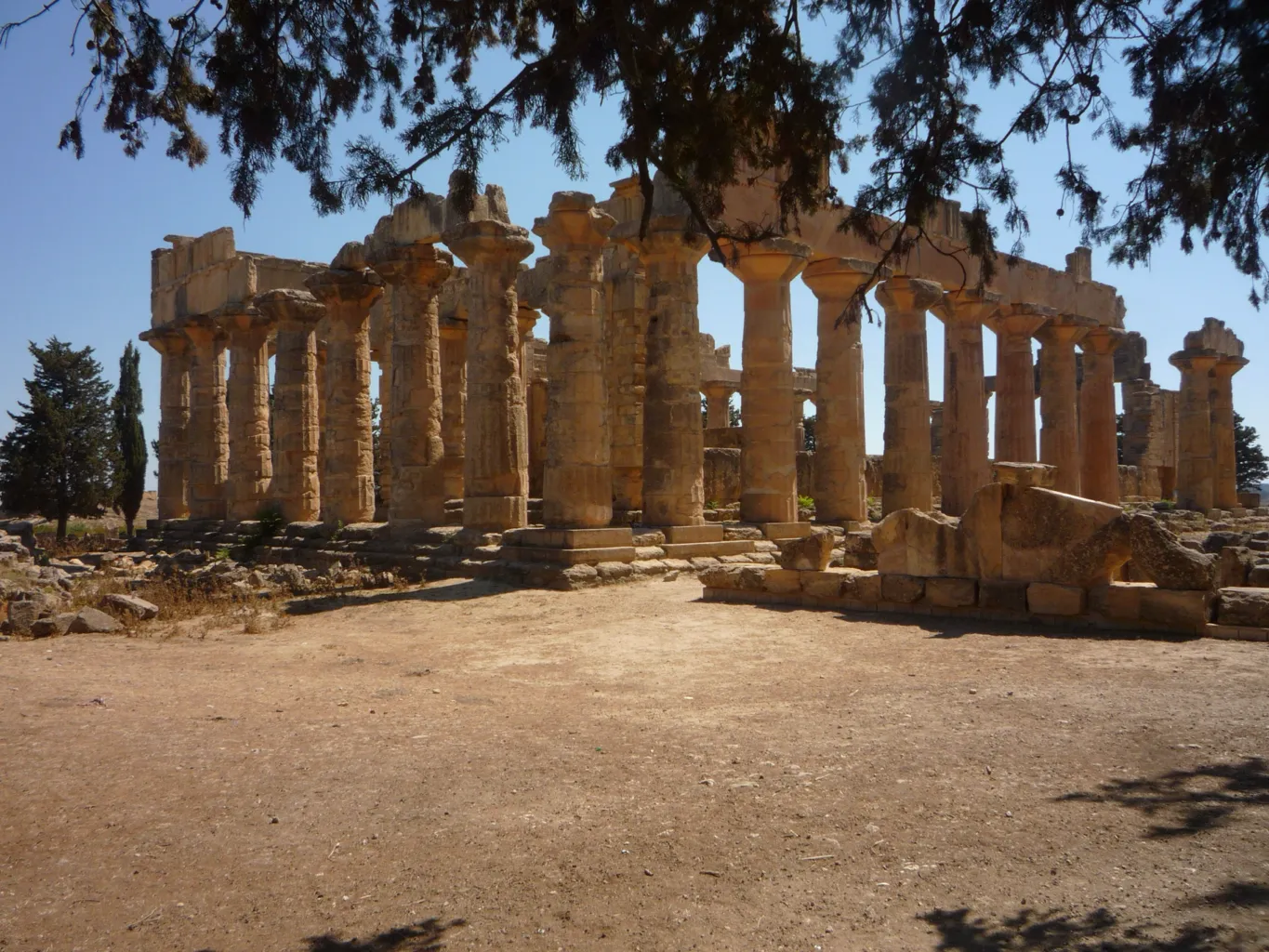
Devastation and Resilience
Earthquakes in 262 and 365 AD devastated Cyrene, yet it remained inhabited through the early Byzantine period and even into the Muslim conquest of 642. After a period of abandonment, the site saw a resurgence in 1913 with the establishment of an Italian military base. Excavations began, revealing the city’s grandeur.
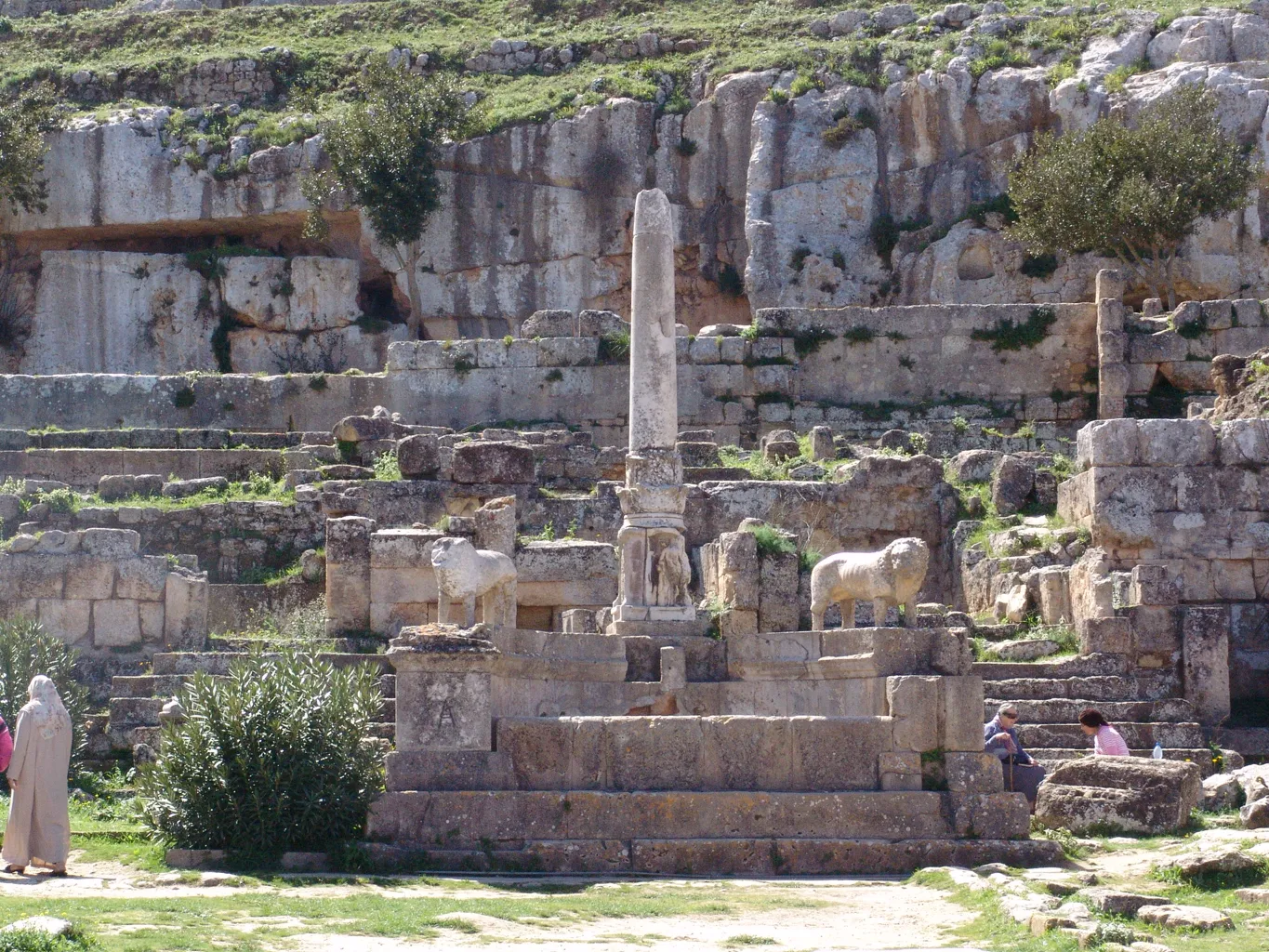
Archaeological Treasures
Today, the archaeological remains of Cyrene cover several hectares. Visitors can explore monumental temples, stoas, theatres, bathhouses, churches, and palatial residences. The city’s port, Apollonia (now Marsa Sousa), and the surrounding Necropolis of Cyrene add to its historical allure. Since 1982, UNESCO has recognized Cyrene as a World Heritage Site, a testament to its enduring legacy.
Modern Discoveries and Preservation
In recent years, Italian archaeologists discovered 76 intact Roman statues at Cyrene, hidden for over 1,600 years. These statues, along with other significant finds, are displayed in a temporary museum on-site. Ongoing preservation efforts aim to safeguard this ancient marvel for future generations.
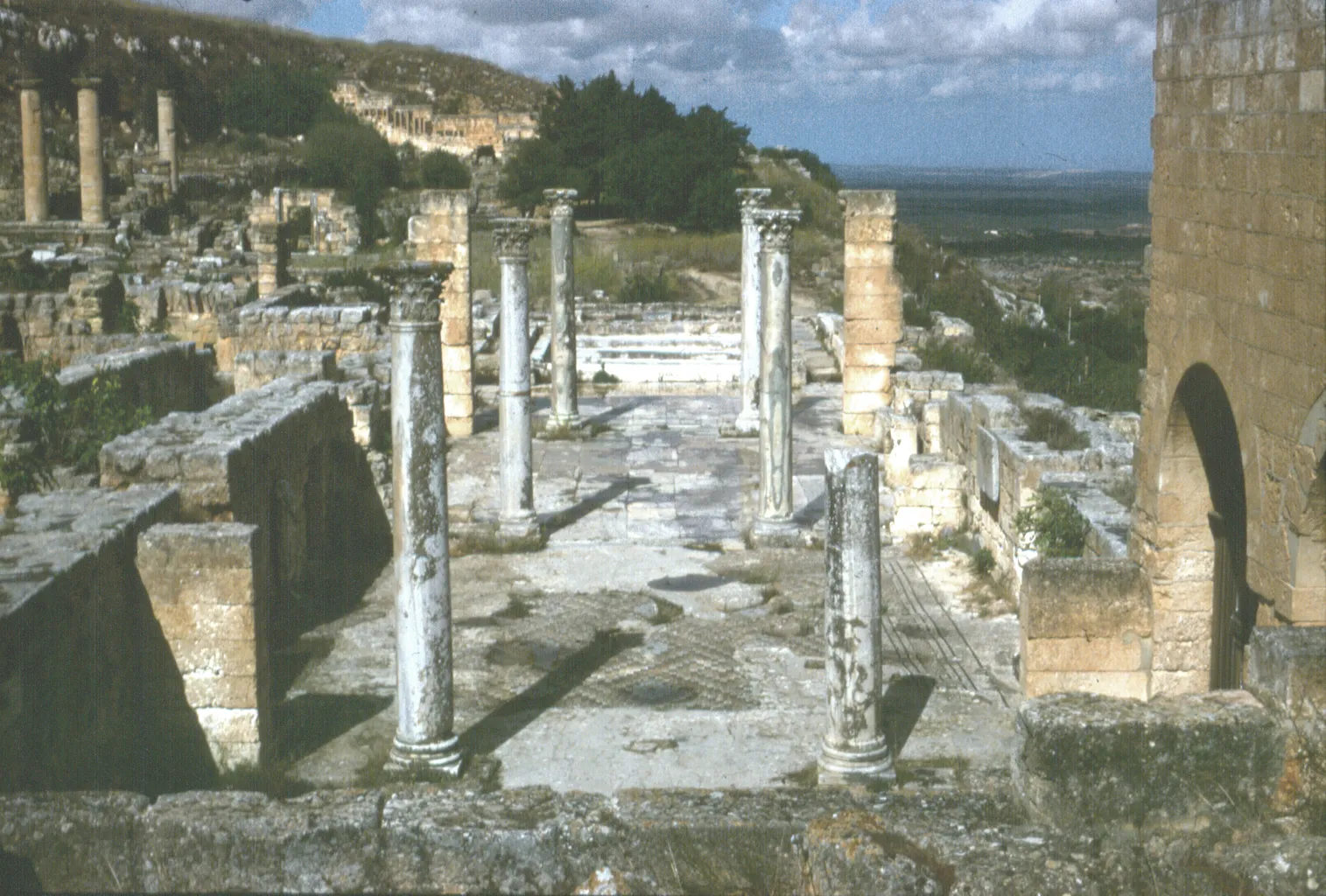
The Lasting Legacy of Cyrene
Cyrene’s influence extends beyond its physical remnants. Its contributions to philosophy, particularly through the Cyrenaics, mark it as a significant intellectual center. Michel Onfray, a modern philosopher, dubbed Cyrene a “philosophical Atlantis” for its role in developing the ethics of pleasure.
Conclusion
Cyrene’s history is a testament to human resilience and intellectual pursuit. From its mythical founding to its current status as a protected archaeological site, Cyrene continues to captivate scholars and tourists alike. As we delve into its past, we not only uncover the story of a city but also the narrative of a civilization that valued knowledge, beauty, and perseverance.
Sources:

